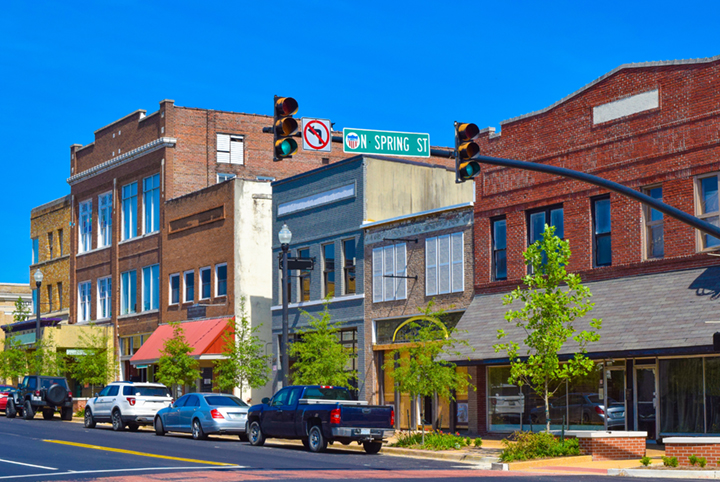
Explore the roles, responsibilities, and contributions of the members of our community.
A Grade 2 classroom studied their local community as part of Cluster 1 in social studies focusing on roles, responsibilities, rights, and contributions of community members. As a class, they went on numerous community walks, interacting with many community members at a local seniors’ centre, a bank, a grocery store, a restaurant, a library, a day care, a fire hall, a park, a walk-in clinic, an Indigenous resource centre, a hair salon, and a pet store. As part of their community adventures, the learners were asked to take pictures, sketch their surroundings, and record observations and wonderings. The learners also took turns asking the community members a set of predetermined interview questions focused on their roles, responsibilities, rights, experiences, and contributions. These questions were developed through classroom brainstorming and discussions. Their teacher set up some of the visits in advance, while with others, the class dropped in as they explored the community.
The teacher also set up video call meetings with other members from the community, including a pharmacist, a postal worker, a lawyer, and a waste management professional. An Elder and the area’s city councillor also visited the classroom. Through the preset questions, the community members were asked to consider and discuss how their job or role helped contribute to the betterment of community. Classroom discussions occurred related to how the context (in-person or virtual, scheduled or impromptu) might impact how messages are received and understood.
After their whole-class inquiry was completed, the learners were asked to team up and choose one community member to focus on. Together, they were given the task of writing up what they had learned about this community member as a written profile, focusing on how each person contributed to the community and supported working toward a more equitable, compassionate, and sustainable world. They compiled these profiles as a classroom e-book entitled Our Community, which was later published and added to their classroom library.
To wrap up their study, the learners were asked to think about what they had seen and heard as they talked to each community member and visited many neighbourhood locations. They were also asked to consider some of the challenges they noticed or issues that had come up as they learned about their community, as well as the factors that affected this. Next, they considered how they might make improvements, and they designed a plan of action. Based on their findings, they organized themselves into teams to tackle these issues and problem solve. Some of their initiatives involved a community cleanup; creating birthday cards to donate to the seniors’ centre; a campaign and posters to encourage families to shop and support “local”; a clothing/household items drive to support newcomer families to the community; and writing a letter to their city councillor to advocate for parking limitations, which were affecting business owners, to be removed on a few local streets. The learners shared and presented their initiatives to each other and their families at learner-led conferences.